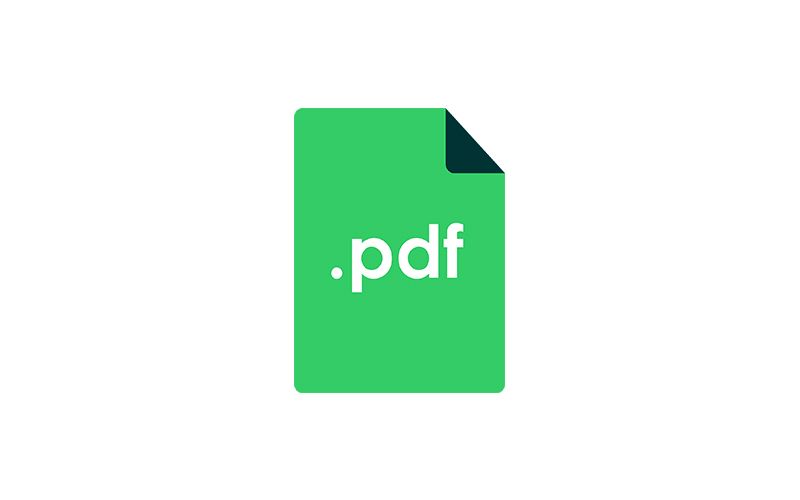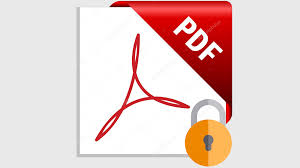Hello!
You’ve put together sensitive information in a PDF file, and you want to make sure that not everybody can access or modify it.
Because it is a business document, you may have to grant access to a few people within and outside your organization.
 However, while you are willing to grant read and edit rights to specific people, you want to prevent unauthorized access, copying, and sharing of information so that there’s only one final version.
However, while you are willing to grant read and edit rights to specific people, you want to prevent unauthorized access, copying, and sharing of information so that there’s only one final version.
While it is difficult to prevent someone from forwarding a PDF file, you can prevent the unauthorized recipient from opening the file and viewing the information.
But how?
By Setting Passwords
 It is a simple and popular technique to password protect a PDF file. You can share a password with authorized recipients so that anyone who enters this password can open the document. The positive side is that even if you distribute the document by mistake, it will not be opened because an “accidental” recipient will not have the correct password (that is of course unless they crack the password using password recovery tools).
It is a simple and popular technique to password protect a PDF file. You can share a password with authorized recipients so that anyone who enters this password can open the document. The positive side is that even if you distribute the document by mistake, it will not be opened because an “accidental” recipient will not have the correct password (that is of course unless they crack the password using password recovery tools).
The drawback is that you cannot prevent authorized users from sharing the password with others who will then have access to open the document. And you also have to maintain a list of documents and their corresponding passwords.
By Using Encryption
Encrypting PDF files to prevent unauthorized sharing is a widespread practice. A lot of organizations use encryption to secure stored PDF files either locally or in the cloud, or when the files are being sent to another user through an email system. The assumption is that the email with the encrypted attached file will not be opened by anyone other than the intended recipient. However, document encryption has its limitations. Once an authorized user has decrypted an encrypted file, they then can do what they want with it since there are no other controls to prevent file sharing.
So, are these controls enough to secure the critical and sensitive information of your business? The answer is – No.
 In addition to passwords and encryption, you also need to consider the following situations:
In addition to passwords and encryption, you also need to consider the following situations:
- Do you need your documents to be available forever, or should they cease to exist after a specific date?
- Do you want to restrict the location or network in which the PDF files can be accessed?
If your answer to either of these questions is yes, then you require Digital Rights Management (DRM) controls to prevent unauthorized sharing and distribution using a combination of access rights, encryption, licensing controls, and other techniques.
DRM adds a complementary layer of document security on top of encryption. Basic DRM controls prevent copying, modification, and printing of documents while advanced controls enable documents to only be made available in authorized locations.
Here are some of the effective ways DRM will ensure safe distribution and sharing:
Set an Expiry Date
 Ensuring that PDF documents expire after a certain period of time is an integral part of secure document distribution and limiting document sharing.
Ensuring that PDF documents expire after a certain period of time is an integral part of secure document distribution and limiting document sharing.
When you set an expiry date, the controlled document will not be available beyond that date, thereby restricting unwanted access. You can secure documents with dates that automatically expire on a fixed date, or after a number of days, uses or prints.
Disable the Print Option
Generally, when we are trying to control document sharing and distribution, the print option is disabled by default. Disabling printing ensures that hard copies are not made available to unauthorized users. However, if you want recipients to be able to make prints, you can either limit the number of prints allowed or enforce documents to be printed in grayscale or black and white. In addition, you can also log use so the system maintains a record of each time a controlled document is printed. Dynamic watermarks on printed content with user and system information help discourage printing and distribution of the document.
Enable Location-specific Security Controls
 The current trend of bringing your own device (BYOD) to work requires a change in security measures to make sure certain business-critical documents cannot be accessed from all locations, although they must be available from the right locations as and when needed. With the proper document security controls in place, you can ensure that specific locations and IP addresses are only allowed access, while others are not.
The current trend of bringing your own device (BYOD) to work requires a change in security measures to make sure certain business-critical documents cannot be accessed from all locations, although they must be available from the right locations as and when needed. With the proper document security controls in place, you can ensure that specific locations and IP addresses are only allowed access, while others are not.
Conclusion
Allowing only authorized people to view your documents is one thing, but controlling what they can do with those documents is equally important. To survive and thrive in this digitally-controlled world, it is essential to secure your digital content with DRM protection. DRM controls can benefit your organization in more ways than one by imposing specific and deep-rooted security controls on your documents that allow you to remain in control over their use.
Thank you!
Subscribe to our newsletter! Join us on social networks!
See you!






